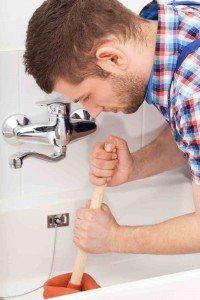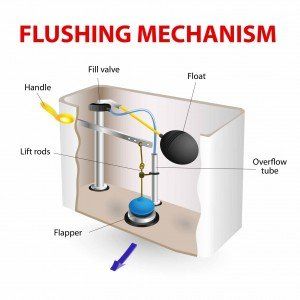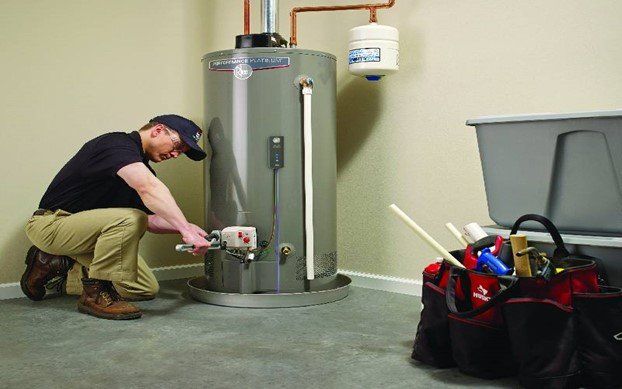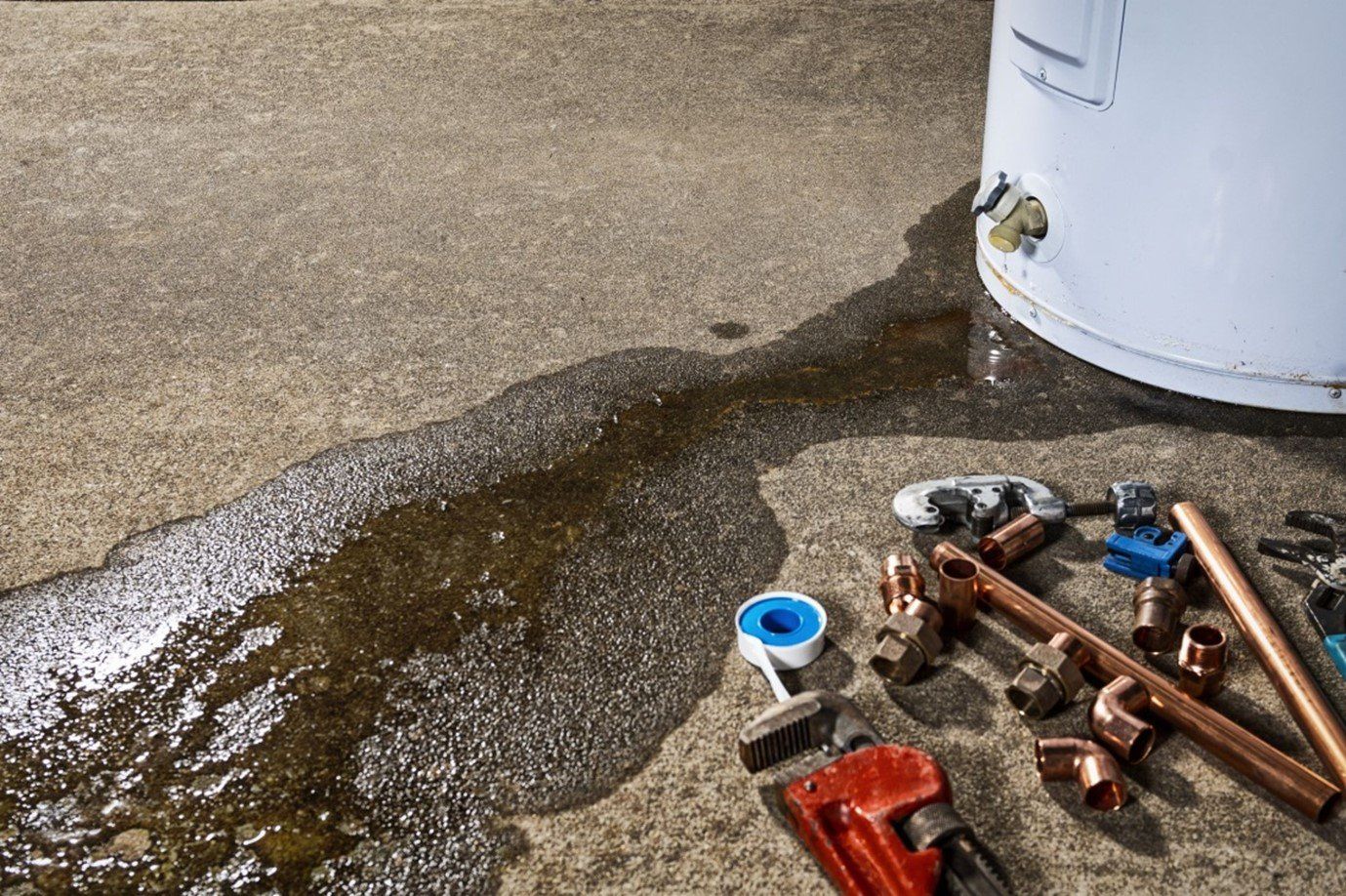Plumber Recommended Techniques for Unclogging a Sink
July 24, 2016
Our sink is that trusty device that allows us clean dishes, flowing water, and general hygiene in our homes.

As with anything in constant use, a sink can often malfunction and become clogged. When it does get clogged, returning it to its normal level of functioning can be frustrating, especially if you follow abnormal procedures that waste time and energy.
Below are the best techniques for unclogging that sink so you can get back to cleanliness and life’s more important activities.
Method 1: Using a Plunger
There are two types of plungers germane to clogs. They are:
Flange Plunger: These plungers are slightly larger and of use in unclogging toilets. This plunger forms a seal applicable to the bottom of a toilet, thus having a slightly different shape then the cup plunger.
Cup Plunger: This is the best tool for unclogging sinks, providing the shape necessary for the small holes found in sinks and bathtubs.
Before you begin with the cup plunger, seal the overflow drain with a piece of duck tape. This is to assure there is enough water for maximal suction throughout the process. Next, fill the sink halfway with water. Then, using quick and powerful movements, plunge the hole for 10-20 seconds at a time. Continue until the clog is removed.
Method 2: Using Boiling Water
Boil about one gallon of water on your stove in a teapot; then take the boiling water and pour it directly into the pipe. This is important, for if you waste water on the sink bowl then it will render the technique ineffective. It is always best to pour water directly down the drain. Once this is done, wait a few minutes and turn on the water to see if the clog is gone. If this doesn’t work then move on to the next, more invasive strategy.
Method 3: The Augur
A sink augur is an invasive tool akin to a fishing rod. It has a flexible steel cable with an augur bit on one end, with all the cable coiled into a circular canister.
First, extend the cable into the drain. When you hit the clog, pull out about 1 foot more of cable and then tighten the screw. Turn the handle of the canister with consistent pressure until you have either broken through the clog, or you have split it enough to allow a flow of water. Once finished, turn the faucet water on hot and let the water flow for a few minutes. If this didn’t work, repeat as many times as necessary.
Nobody likes a clog, but with these three methods the likelihood of an expedient solution is high. Patience is also important, for it assures and facilitates the above methods. With these qualities in your toolbox, no Kirkland home clog will be too stubborn for you.
You might also like

Why Won’t My Toilet Stop Running? DIY Toilet Parts Replacement White noise in the background can be a source of comfort, but the sounds of a toilet that won’t stop running are far from comforting. In addition to being annoying and disruptive, a constantly running toilet means that you are wasting loads of water- which




